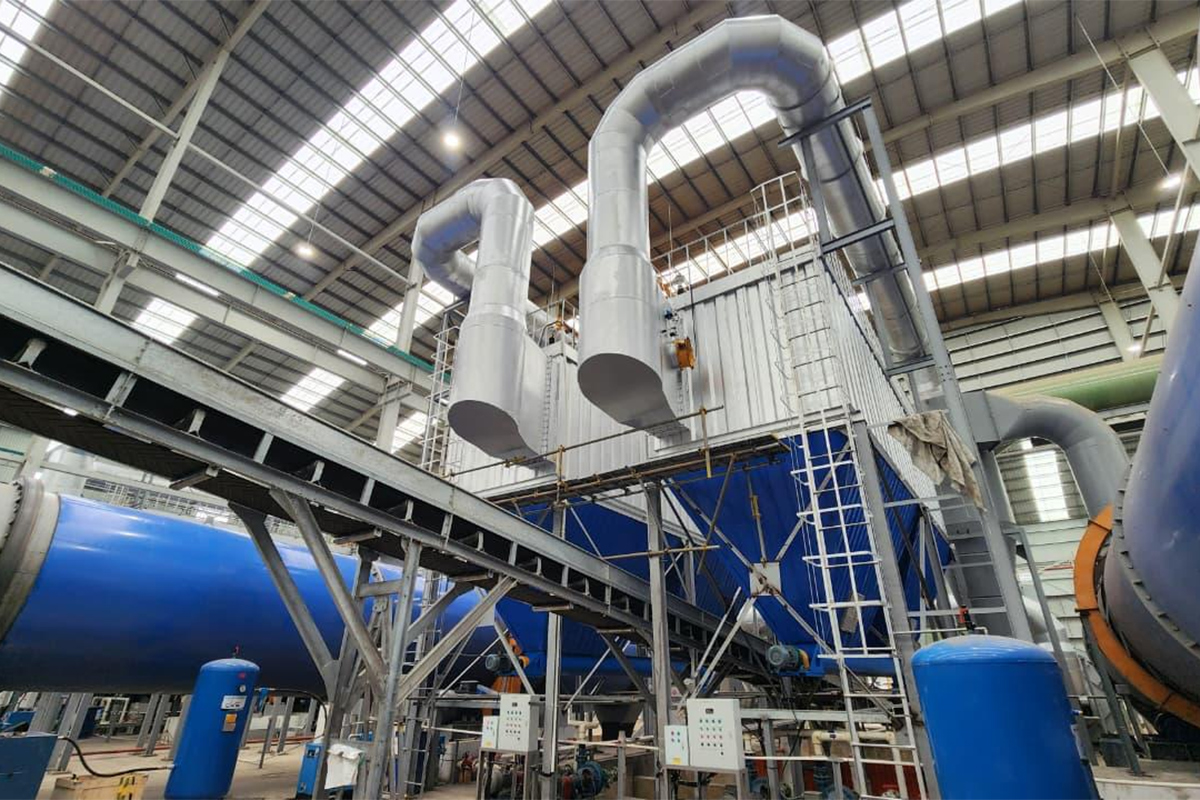

Tuesday, September 23rd 2025 Reporter: Aldi Geri Lumban Tobing Translator: Nugroho Adibrata 493

(Foto: Istimewa)
The Refuse-Derived Fuel (RDF) Plant Rorotan, North Jakarta, operates using high-standard emission control technology that is environmentally friendly and safe for public health. The operation of this facility also involves several experts from Bandung Institute of Technology (ITB).
This technology has been tested in other industrial sectors
ITB Environmental Engineering Expert, Haryo S Tomo, reassured the surrounding residents not to worry about the Rorotan RDF Plant. He stated, this faciliry has been equipped with Air Pollution Control Devices (APCD) with comprehensive configurations to optimally reduce pollutants.
He explained, the installation of the control unit is done carefully considering the emission characteristics so that the final result still meets the emission quality standards following applicable regulations.
He continued that the air pollution control equipment at the Rorotan RDF Plant combines units to remove particulates, sulfur dioxide (SO₂), nitrogen oxides (NOx), and other parameters.
"The targeted standard quality refers to Permen LHK Number 70/2016," he expressed, Tuesday (9/23).
Then the waste drying process into RDF is conducted mechanically through partial combustion of RDF products at temperatures of 800–1,000 °C.
Hot gases resulting from combustion are then channeled through a Cyclone, Baghouse Filter, Wet Scrubber, second stage Wet Scrubber, Wet Electrostatic Precipitator (Wet ESP), and activated carbon filter before being released through the chimney.
"This technology has been tested in other industrial sectors. In fact, in the smelting industry, the efficiency of Wet ESP can reach over 98 percent," he explained.
According to him, the Cyclone system, Baghouse Filter and Wet ESP are capable of capturing large to fine particles measuring in microns. Meanwhile, Wet Scrubber stages 1 and 2 function to reduce acidic pollutant gases through chemical reactions with sodium hydroxide.
"Activated carbon filters absorb organic compounds, including odorous gases, so the air quality remains maintained," he continued.
Jakarta Environmental Agency Head, Asep Kuswanto said, the involvement of ITB experts indicates that the Rorotan RDF Plant was designed seriously with academic and technical considerations. The development of this facility has taken environmental and public health aspects into account from the beginning.
"Despite there were some issues during the first trial, we continued to improve and conduct major evaluations," he added.
His party also strengthened odor emission control by adding three sets of Deodorizers, bringing the total to four units in operation. These Deodorizers are equipped with blowers, Advanced Oxidation Process (AOP) with ozonation and ultraviolet light, scrubber reactors, and activated carbon filters to remove and neutralize odor-causing gases.
That step demonstrates DLH's seriousness in reducing the potential negative impacts feared by residents. He added, with a combination of deodorizer, gas filtering technology, and expert assistance, the RDF Plant can operate safely without disrupting the comfort of the surrounding community.
"We want residents not to worry. All repair processes are carried out comprehensively with support from the best experts. Rorotan RDF Plant is here to be a solution for sustainable waste management, not to create new problems," he stated.